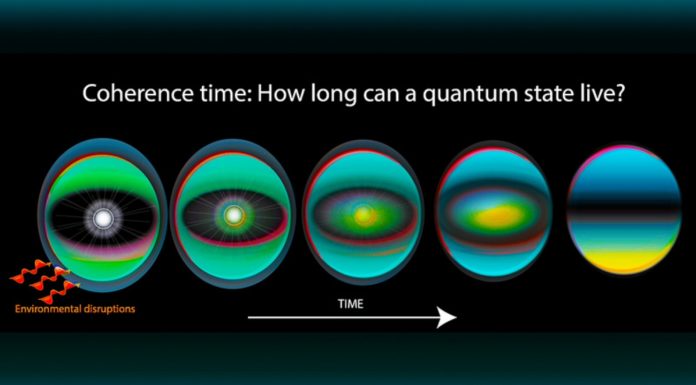A perfect spoilsport to quantum computing is a phenomenon known as Quantum decoherence. Quantum error correction focuses on fending off decoherence and counter other errors that make quantum computing challenging.
Sources of Decoherence
For quantum computers to function, the biggest challenge is to remove or at least control quantum decoherence. But, why does it occur in the first place? The primary source is the interaction of a system with its environment; so, isolating the system from its environment is a good solution. There still exist, however, other potential sources. For example, quantum gates, lattice vibrations, and background thermonuclear spin of the physical system that is used to implement the qubits in a quantum computer.
Controlling Decoherence
Decoherence is irreversible because it is non-unitary. Avoiding it altogether is extremely difficult; therefore, tightly controlling it is the next best option. Decoherence times for candidate systems, in particular the transverse relaxation time T2 (for NMR and MRI technology, also called the dephasing time) are usually in the nanoseconds and seconds ranges at low temperature. Therefore, temperature too plays a key role—for example, as of today, some quantum computers need their qubits operating at 20 millikelvins—in managing it.
These issues are more difficult for optical approaches. This is because the timescales are of shorter magnitude, and overcoming them is a popular approach called optical pulse shaping. The ratio of operating time to decoherence time is a key measure. The goal is to make former as low as possible compared to the latter. Thus, the goal is to make the ratio minimum, thereby reducing the error rate.
Read more on IoT Practitioner.


















